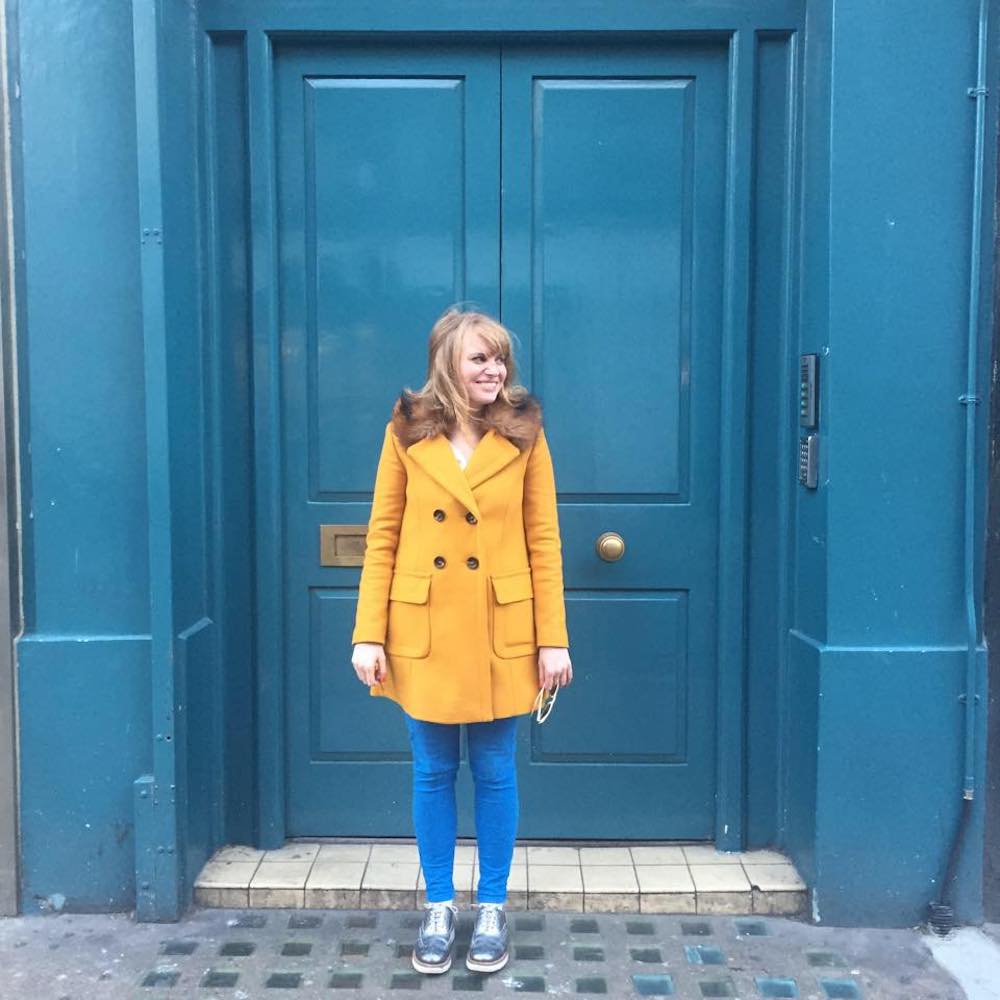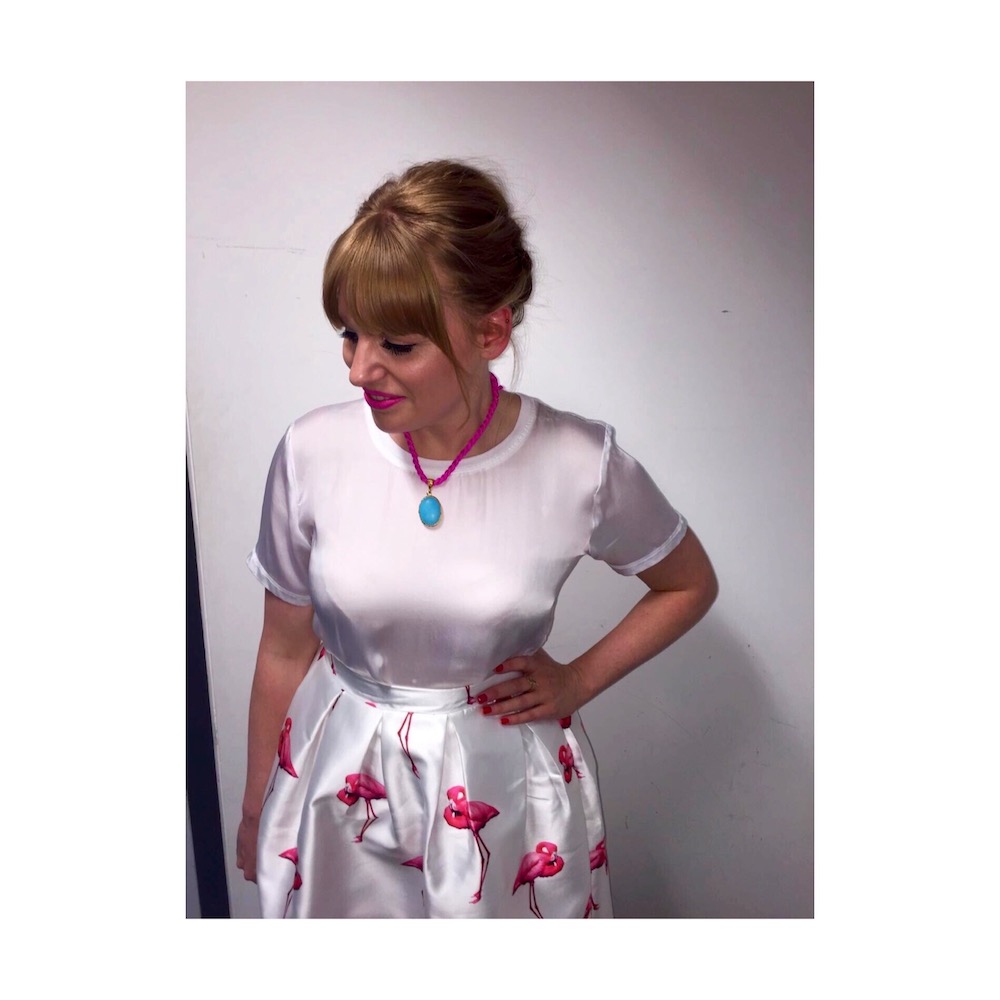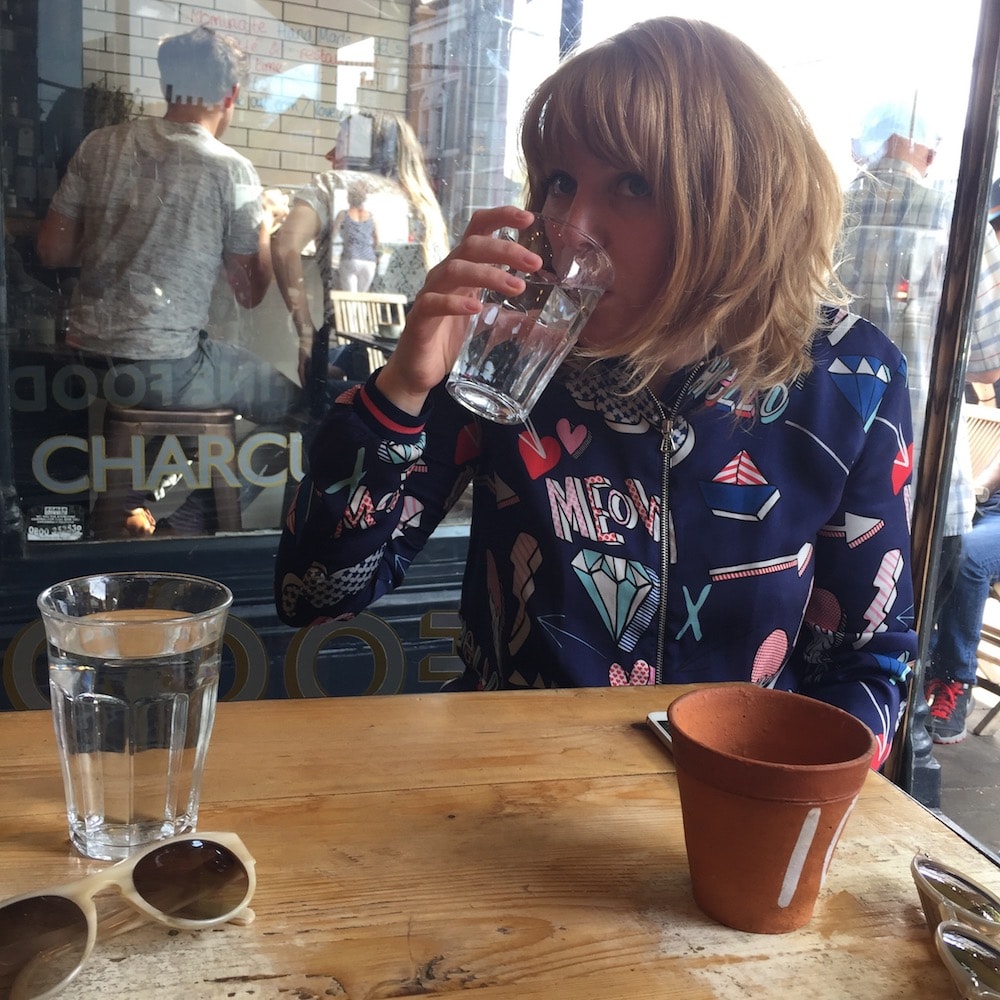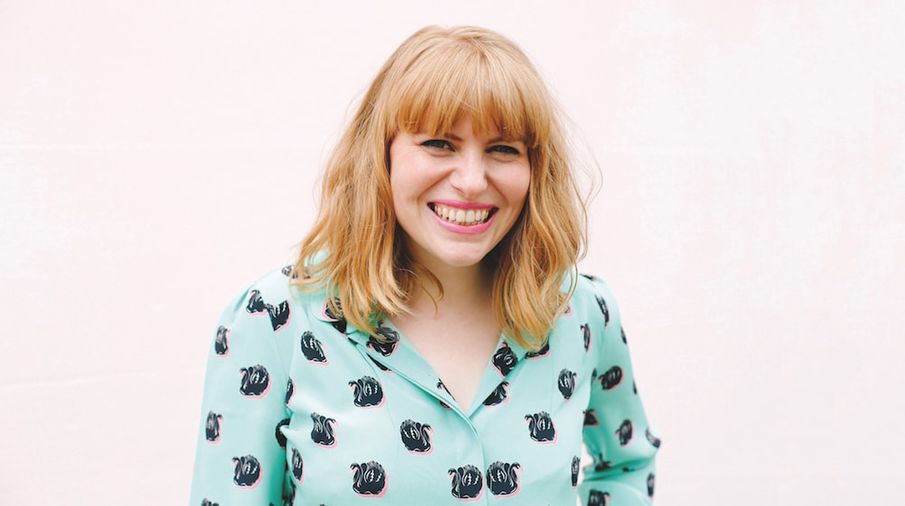Television and radio presenter, Sarah Powell, has experienced anxiety since her teens. After trying many alternative therapies, she found mindfulness was the solution to quiet her chattering mind

Sarah Powell
I haven’t meditated for a few days and I can feel it. My mind is getting busier and my body is getting tense. It’s the middle of the day and I’m inexplicably tired. I’m dreading something, but I don’t know what it is. I feel stressed, but I don’t know why. I’m worrying about everything and absolutely nothing.
What does anxiety feel like? Think of it as never-ending questions that chatter away in your mind – usually unanswerable ones. For example, this morning I needed to catch a train to meet someone. I planned the journey last night, decided which train to get and how much time I would need to get to the station. For most people the thought process would end there, but my anxiety came into its own. The questions started coming: what if I’m late? What if the train’s cancelled? What if I can’t get a seat? What if I wear the wrong thing? What if I lose my ticket? Should I even be going? Do I want to go? What if it’s awkward and doesn’t go well? What if I ruin the opportunity? This lasted the whole of last night. That’s what anxiety does, it whirls away behind the scenes creating worries and fears.
Mental illness affects one in four of us, but despite my inner monologue being on overdrive, I never considered myself as the one in four
My earliest memory of being anxious was aged 15, going to see a band I loved. I was excited but also felt nerves, which turned into fear, and then dread. I got a sick feeling, and my arms and legs went a bit shaky. My brain was telling me I wasn’t OK, but it couldn’t tell me why. There was no reason to feel worried or scared of anything, but I was. I started to feel like this more and more in my teens and into my twenties. Then when I started progressing in my career, my anxiety found new things to worry me about. If big opportunities came up I would feel excited, but then stressed and fearful. I would get panicked and be shaky. Then the feelings started to spill over from just being ahead of big events and into my day-to-day life. My mind would get muddled as too many thoughts crashed around, second guessing and clouding everything up.
Simple decisions such as finding a train seat or choosing what to wear became hugely daunting. The worries and fears would chatter away in the background.

Sarah Powell
Mental illness affects one in four of us, but despite my inner monologue being on overdrive, I never considered myself as the one in four. While one side of my brain was in constant chatter, the other side would argue back: “What do you have to complain about? Your life is amazing! How can you have the right to say you’re scared and you’re struggling?” I didn’t want to talk about my anxiety much in case people thought I was being heavy or boring or moaning. So I thought, “I’ll wait until I’m fixed and can be carefree and happy and normal all the time!” Turns out, this doesn’t exist. So I decided to stop trying to fight it, and started to address it.
I have friends who have used prescription drugs and it has saved people’s lives, and thank God for it. For whatever reason though, I knew I didn’t want to take medication. I knew I wanted to find something else. I believed there would be something else that could really help me, yet finding it took me a really long time.
I’ve had acupuncture, cranial therapy and reiki. I’ve seen a shaman and had readings from psychic healers. I’ve had gong baths (sitting in the middle of a room while gongs are banged around you). I went to sound therapy, I’ve been prodded and massaged and hoovered over. I’ve had oils and crystals and sage rubbed all over me. So when a friend suggested mindfulness, of course I said I would give it a go.
Mindfulness was quite alien to me when I arrived to do a workshop day about it. What I took away was putting distance between myself and my thoughts, and not being in a constant cycle of questions and worries. I could just be, just exist from moment to moment. You also don’t have to eat kale to be more mindful, nor sit on the floor with perfect posture.
I now meditate for 10 minutes every day, just sitting somewhere and noticing my breath and my body.

Sarah Powell
The time might seem a big commitment and at first it might feel strange or odd, but there are some amazing apps to do it with. Headspace is brilliant if you’re just starting out or you’ve been meditating for a while. Insight Timer has meditations for all kinds of moods and feelings.
Self-care is usually at the bottom of our list behind work, family, food, etc. Yet I always feel better post- meditating. I’m calmer, happier, and have more energy and con dence. The chat is quieter and the questions come less and less.
Five years on from the workshop, I am still working on becoming more mindful, sometimes feeling guilty and telling myself there are people in a much worse position than me, but the truth is, it’s OK to say I’m not OK. And it’s OK to make time and space for whatever helps you get better.
Sarah Powell is a TV and radio presenter, writer, and co-host of Jules and Sarah The Podcast. Sarah blogs at The Museum of Sarah and you can follow her
on Twitter @ThisSarahPowell
Sarah’s story highlights the powerful effect mindfulness can have in managing anxiety. Learning to relate differently to your feelings can contribute positively to your mental health. I admire Sarah’s persistence in trying treatment options. We are all different, and no one solution works for everyone. Keep going until you find what works for you – your mental health matters.


Comments